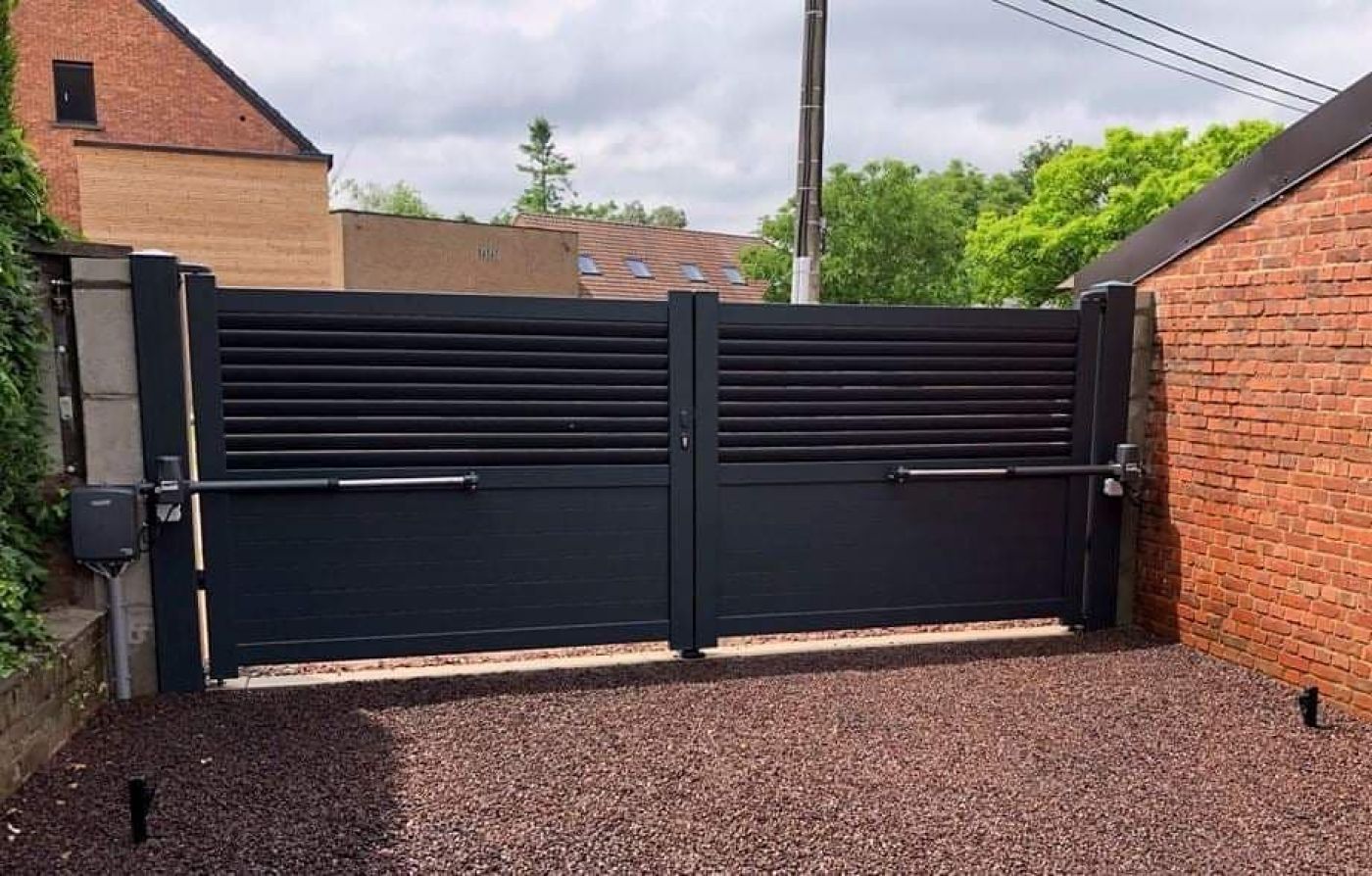Swinging door operator tips


You may have just installed a new swinging door in your building and want to know how to maintain it properly. This article will cover installation and maintenance tips and discuss safety sensors, door stops, and safety beams. Keep reading for a comprehensive guide to swinging door operators. You can also find information on the safety features of overhead concealed mount operators. Here’s a quick list of important tips for keeping your swinging doors in good shape.
Why do you Need Safety Sensors in Swinging Doors?
Safety sensors for swinging door operators have four main types. One type is a surface-mounted presence sensor. This is mounted on the door jamb above the approach side. It detects when someone is standing in front of the door or is in the way of closing it. The other type is an underfloor concealed unit. These units rotate the door via a pivot and are often offset from the hinges. This type can also be installed in overhead areas.
Low-energy operators are designed to limit kinetic energy. A low-energy operator requires only two safety sensors. However, a high-speed door requires at least three. Low-energy operators do not require safety sensors. They do allow for the door to come into contact with the user. These operators also restrict the speed of the door. Consequently, these safety sensors are critical to the door operator’s performance. They protect your building and the safety of others in the vicinity.
Installation of Swinging Door
Several factors determine the efficiency of a swinging door operator. It is essential to ensure the correct installation and fastening of the device, both in terms of its size and the dimensions of the transom and door frame. In addition, the fastening surface should be reinforced as per the manufacturer’s instructions. Installation of swinging door operators is relatively easy, but careful installation is essential. Here are some tips to follow.
Ensure the door has sufficient clearance between its hinged arms. If it is an exterior door, there is no way to mount an operator outdoors, so the operator must be installed inside. In contrast, interior doors can have the operator mounted on the closing side of the door. This mounting method is known as a “pushing installation.” A hinged arm system is used, while a pull arm is incorporated into the door leaf. This way, the door operator will be positioned to open and close.
Why Swinging Doors Need Maintenance?
Maintaining your swinging door operators should be a priority. Checking them regularly will help you maintain their efficiency and safety. You should also inspect the footpath surrounding the door and any warning signs. You should also inspect the door itself for any visible defects and loose parts. Performing a routine inspection of your door should take only a few minutes a day. It is also important to check the safety features, such as the door’s approach sensors, to ensure that they are functioning properly.
If you own an automatic door, be sure to have it inspected regularly. These appliances should be regularly cleaned to prevent rust and other damage. In addition to cleaning, be sure to have it inspected by a professional once a year. It is recommended that all automatic door operators be checked annually. If you are unsure of the frequency of inspection, contact a garage door service company that provides routine maintenance.
What is the Need of Doorstop in Swinging Doors?
A doorstop limits the swing of a swinging door. It can either be a separate part or integrated into a door closer or hinge. A doorstop will provide a cushioned stop and is particularly useful for fire doors, as holding them open is prohibited. Other styles include stop/hold units, which perform the same functions as stop-only units but also provide selective hold open. The Friction/Stop units provide a cushioned limiting stop along with an adjustable friction stay.
Overhead doors may require special tiling to accommodate a door stop. A door stop installed at the top of an overhead door may require special mounting locations, while a wall door stop may be more appropriate for ornate baseboards. The right door stop depends on the weight of the door; smaller door stops are most appropriate for lightweight doors, while heavier-duty models are best suited for heavy-duty doors.
The Bottom Line
The requirements for usefulness and safety are influenced by the major consumers of an automatic door. The requirements for personal security rise in settings where there are significant numbers of kids, the elderly, or individuals with special needs. Therefore, if you are considering installing automated swing doors in the facility, you must take the aforementioned factors into account.